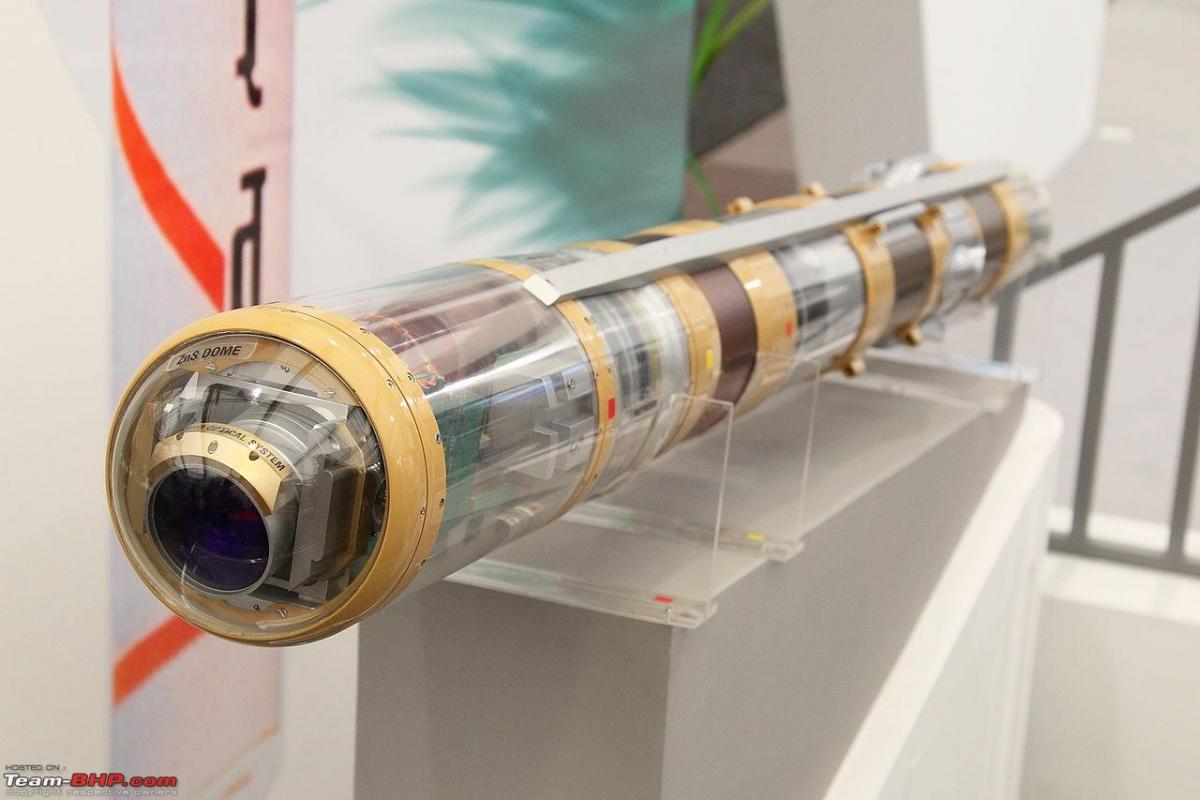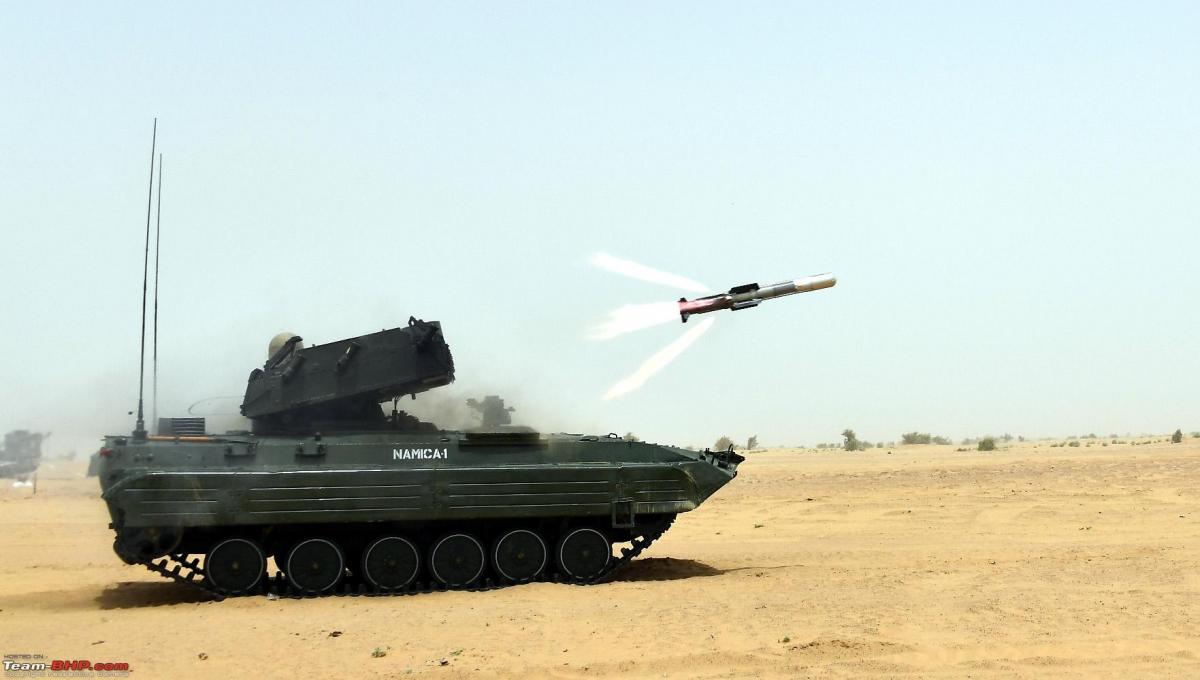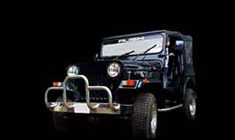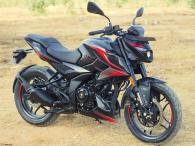News
In detail: The Nag anti-tank guided missles of the Indian armed forces
The guidance system is based on an imaging infrared (IIR) seeker working together with a low-light TV camera that together ensure a high target accuracy in both top and front attack modes.
BHPian V.Narayan recently shared this with other enthusiasts.
Nag family of anti-tank guided missiles:
What better way to start the new year than by posting on one of India’s success stories in the guided missile arena. The Nag anti-tank guided missile {ATGM} is another indigenous success story amongst our tactical missiles and probably the best after Brahmos:

The Nag missile is a Indian third-generation, all-weather, fire-and-forget, lock-on after launch, top-attack, anti-tank guided missile with an operational range of 500 metres to 7000 metres km with the potential of being developed in future versions to 20,000 metres. It is said to possess a single-shot hit probability of 90% {77% according to some journals} and a ten-year, maintenance-free shelf life. Even if the hit probability is 75% in real life it is very good. The Nag has the following variants under development/ service:
A land version to be deployed on vehicles;
The helicopter-launched Nag (HELINA) also known as Dhruvastra;
A "man-portable" version;
A long range version.

Guidance System: The guidance system is based on an imaging infrared (IIR) seeker working together with a low-light TV camera that together ensure a high target accuracy in both top and front attack modes. If desired at the last moments off light the Nag rises upwards suddenly and then bends down at a steep angle to aim for the target from atop hitting the top of the armoured vehicle usually having the thinnest armour. A real-time image processor located next to the guidance package helps enable automatic target detection and tracking capability.

The digital autopilot helps in the guidance, stability, and control after launch.The land launched version has lock-on before launch guidance while the air-launched version can be deployed in lock-on after launch mode. This facility gives the helicopter version a greater range to match the helicopter's longer search & acquisition radius. The infra-red passive seeker guidance makes it resistant to jamming.
Warhead: The warhead is an 8 kgs tandem charge {i.e. two-stage} HEAT* shaped charge warhead that can deal with ERA {explosive reactive armour}** and composite armour upto and over the equivalent of 900mm of RHA {Rolled Homogenous Armour}***.
Propulsion: The propulsion is via a smokeless rocket motor that propels the missile to 230 metres/second. The rocket motor has a boost unit and a cruise unit.


NAMICA version: In service is the NAMICA (Nag Missile Carrier) which is a modified Sarath {stretched, license-built BMP-2} classified as a tank destroyer. It is equipped with various electro-optical systems including a thermal imager and a laser rangefinder for target acquisition. The NAMICA carries a total of twelve Nag missiles, with eight in ready-to-fire mode and four in storage. NAMICA can fire missiles at a target located around 7 kilometres with hunter-killer sight capability.

HELINA (Helicopter-launched Nag) is air-launched version of the Nag with extended range. It is launched from twin-tube stub wing-mounted launchers on board Rudra & Prachand helicopters. This version can be slewed to a different target mid-flight. It can also be launched in the general direction of a group of targets the operator can view what the missiles ‘sees’ via a command-video data link and select the target of choice.

The Man Portable ATGM variant is a lower weight version for use by troops on the ground or from light vehicles such as jeeps.
The Nag is now in service in the NAMICA and HELINA versions and the man portable variant has been said to have completed its tests. The Nag is verily the equivalent of the American Javelin made famous in the Ukraine War and the Israeli Spike missiles. It is a proud reflection of what our missile fraternity is now capable of developing and putting into service.
*A HEAT warhead fires a molten jet into the armoured side thus cracking open the armour. The molten jet once inside plays its own havoc. As it does not rely on kinetic energy it can be a relatively low recoil system.
** ERA are bricks placed on the skin of a tank that explode outward instantly on being hit be a shell or any other warhead. Thus they deflect/throwback the incoming projectile.
*** RHA is the equivalent of rolled steel armour that the warhead can penetrate. As tanks these days carry several layers of different armours {spaced, steel, composite, reactive} an equivalent RHA fugure is calculated to help make comparisons.
Check out BHPian comments for more insights and information.






















